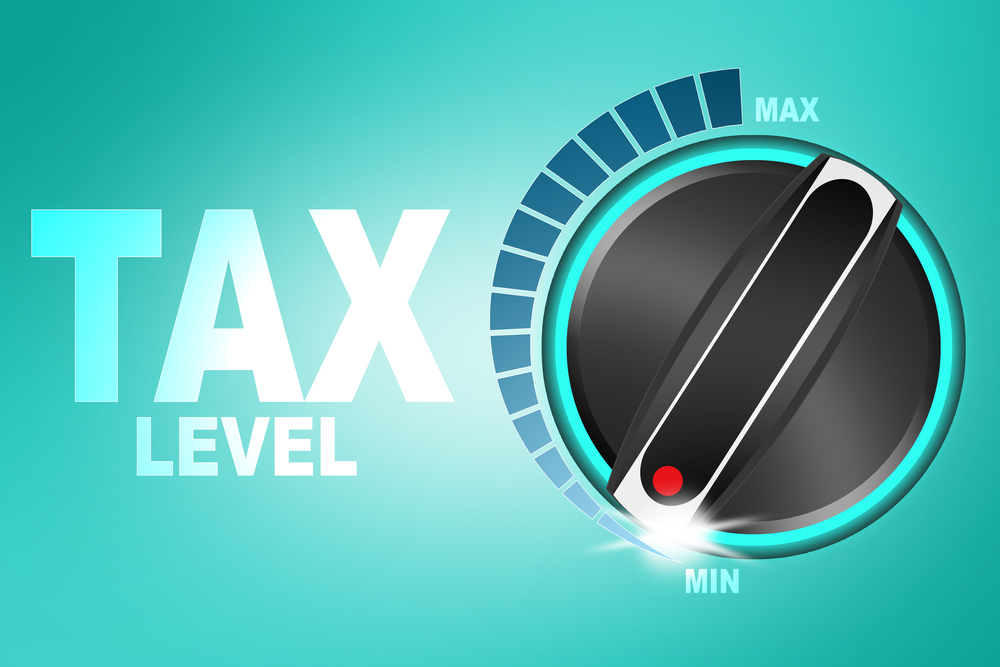When the United States entered World War One in 1917, tax rates were increased to pay for it and remained high after the war. The federal income tax was enacted in 1913 with a starting rate of 1.0% on income under $20,000 ($621,000 in 2023 dollars) – at a time when the average income was about $600 ($18,600) – and a top rate of 7.0% on income over $500,000 ($15.5 million), and 358,000 returns were filed.
At the time of President Warren G. Harding’s sudden death and succession by Calvin Coolidge in August 1923, the starting rate was 4.0% on income under $4,000, the top rate was 58.0% on income over $200,000, and 7.7 million returns were filed.
Nevertheless, spending ran significantly ahead of revenues. As a result, federal government debt leapt from $1.2 billion in 1914 to $25 billion in 1919; indeed, by 1919 the interest on the debt was as large as the debt itself had been in 1914.
Part of the problem was that higher rates did not necessarily yield higher revenues. As Thomas Sowell notes:
…the number of people reporting taxable incomes of more than $300,000…declined from well over a thousand in 1916 to fewer than three hundred in 1921 [and] The total amount of taxable income earned by people making over $300,000 declined by more than four-fifths…there was no reason to believe that the wealthy were suddenly suffering drastic reductions in their own incomes, but considerable reason to believe that they were receiving tax-exempt incomes that did not have to be reported under existing laws at that time.
The Treasury Department estimated that investment in tax exempt securities like municipal bonds had nearly tripled in a decade.
Harding blasted a federal “financial orgy” but struggled to restrain it. Coolidge set about the task with relish. With his budget director, Herbert Lord, he set targets for spending cuts, and he developed tax cuts with Treasury secretary Andrew Mellon. He announced his tax reforms in December; tax exempt securities would lose their special status and tax rates would be cut. Coolidge, who had a moral aversion to high taxes, echoed Mellon’s argument that lower rates “will not greatly reduce the revenue from that source, and may in the future actually increase it” by stimulating economic growth.
Coolidge and Mellon secured a compromise tax cut in 1924, but it wasn’t until Coolidge won a mandate of his own with victory in that year’s presidential election that their tax bill passed. As they pushed the bill through Congress, Amity Shlaes writes:
In desperation, the opponents of the legislation began to quantify the share of the tax break that the wealthy would claim. This, they were discovering, was an easy way to frame an opponent. General, across-the-board cuts of any progressive structure always favored the rich, since they had been paying more under the progressivity to begin with. Senator George Norris pointed out, “Mr. Mellon himself gets a larger personal reduction than the aggregate of practically all the taxpayers in the state of Nebraska.” So he did. But Mellon paid more tax than the citizens of the state as well.
Coolidge was successful and by 1925 the starting rate of federal income tax was 1.5% on income under $4,000, the top rate was 25.0% on income over $100,000, and 4.2 million returns were filed.
And, as rates fell, revenues rose, especially from the rich. Cutting income tax rates and ending the tax exemption of securities like municipal bonds caused people to move their capital from non-taxable but economically unproductive investments into taxable – at lower rates – but economically productive investments which generated higher rates of economic growth, widespread prosperity, and higher tax revenues.
The number of people reporting incomes of over a million dollars increased from 21 in 1921 to 207 by 1925. Sowell writes that:
In 1921, when the tax rate on people making over $100,000 a year was 73 percent, the federal government collected a little over $700 million in income taxes, of which 30 percent was paid by those making over $100,000. By 1929, after a series of tax rate reductions had cut the tax rate to 24 percent on those making over $100,000, the federal government collected more than a billion dollars in income taxes, of which 65 percent was collected from those making over $100,000.
It isn’t true that tax cuts will always pay for themselves as Coolidge’s did, but neither is it true that cutting taxes will always reduce revenues. This was the central – correct – insight encapsulated in the famous ‘Laffer Curve’ in the 1970s. By then, however, it was at least 50 years old and might just have well been called the ‘Coolidge Curve.’
John Phelan is an Economist at Center of the American Experiment.















